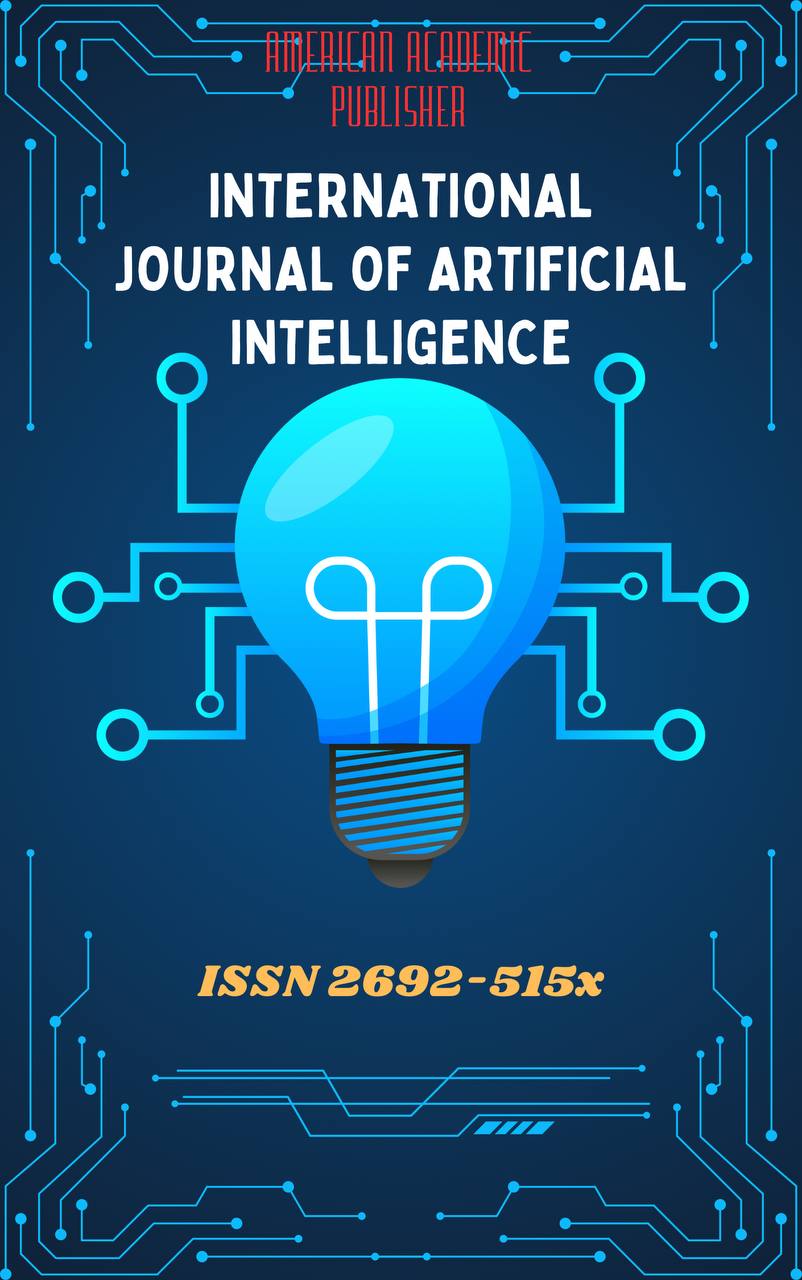 Articles
| Open Access |
Articles
| Open Access | ENHANCING THE INTEGRATION BETWEEN ANATOMY AND CLINICAL SCIENCES THROUGH AN INTEGRATIVE APPROACH IN MEDICAL EDUCATION
Oltinbek Yuzboyev Abdullajon ugli,Mukhammadayubkhon Boboyev Murodxon ugli , Assistant, Department of Normal and Topographic Anatomy Central Asian Medical University, Fergana, UzbekistanAbstract
Anatomy serves as one of the fundamental pillars of medical education, providing students with essential knowledge about the structure of the human body that underpins clinical reasoning and decision-making. However, traditional approaches to teaching anatomy often isolate it from clinical application, leading to fragmented learning experiences and difficulties in knowledge transfer. As medical education evolves toward competency-based and patient-centered models, there is a growing need to bridge the gap between basic sciences and clinical disciplines through more integrative teaching strategies.
Integrative approaches aim to connect anatomical knowledge with real-life clinical scenarios, thereby enhancing students’ ability to apply theoretical concepts in practical settings. By linking anatomy to pathophysiology, diagnostics, and treatment processes, students gain a more coherent understanding of the relevance and utility of what they learn. Numerous studies have demonstrated that such integration improves retention, clinical reasoning, and long-term knowledge consolidation.
At the same time, the increasing complexity of healthcare delivery and the demand for multidisciplinary collaboration necessitate a rethinking of how anatomy is taught. Promoting horizontal and vertical integration across the curriculum can help students develop critical thinking skills and better prepare for clinical rotations and future professional practice. This paper explores the implementation of integrative approaches to anatomy education, highlighting their impact on learning outcomes, clinical preparedness, and overall educational quality.
Keywords
Anatomy education; clinical integration; integrative learning; interdisciplinary teaching; medical curriculum; horizontal and vertical integration; medical education reform
References
McBride J.M., Drake R.L. Longitudinal cohort study on the impact of vertical integration of medical education in an anatomy curriculum // Anatomical Sciences Education. – 2018. – Vol. 11, No. 6. – P. 555–563.
DOI: 10.1002/ase.1781
Estai M., Bunt S. Best teaching practices in anatomy education: A critical review // Annals of Anatomy. – 2016. – Vol. 208. – P. 151–157.
DOI: 10.1016/j.aanat.2016.02.010
Azer S.A., Azer S. 3D anatomy models and impact on learning: A review of the quality of the literature // Health Professions Education. – 2016. – Vol. 2, No. 2. – P. 80–98.
DOI: 10.1016/j.hpe.2016.05.002
Finn G.M., McLachlan J.C. Integration in medical education: How do anatomy educators view it? // Clinical Anatomy. – 2010. – Vol. 23, No. 5. – P. 531–538.
DOI: 10.1002/ca.21058
Bergman E.M., Prince K.J., Drukker J., van der Vleuten C.P., Scherpbier A.J. How much anatomy is enough? // Anatomical Sciences Education. – 2008. – Vol. 1, No. 4. – P. 184–188.
DOI: 10.1002/ase.36
Evans D.J., Watt D.J. Integration in the teaching of anatomy: A tale of two cities // Clinical Anatomy. – 2005. – Vol. 18, No. 6. – P. 480–486.
DOI: 10.1002/ca.20138
Chan L.K., Cheng M.M. Challenges and solutions of anatomy learning in the new curriculum: Students’ perspectives // Anatomical Sciences Education. – 2011. – Vol. 4, No. 6. – P. 279–286.
DOI: 10.1002/ase.258
ten Cate O., Kusurkar R.A., Williams G.C. How self-determination theory can assist our understanding of the teaching and learning processes in medical education // Medical Teacher. – 2011. – Vol. 33, No. 12. – P. 961–973.
DOI: 10.3109/0142159X.2011.595435
Papa V., Vaccarezza M. Teaching anatomy in the XXI century: New aspects and pitfalls // The Scientific World Journal. – 2013. – Article ID 310348. – 6 p.
DOI: 10.1155/2013/310348
Turney B.W. Anatomy in a modern medical curriculum // Annals of the Royal College of Surgeons of England. – 2007. – Vol. 89, No. 2. – P. 104–107.
DOI: 10.1308/003588407X168244
Article Statistics
Downloads
Copyright License

This work is licensed under a Creative Commons Attribution 4.0 International License.

